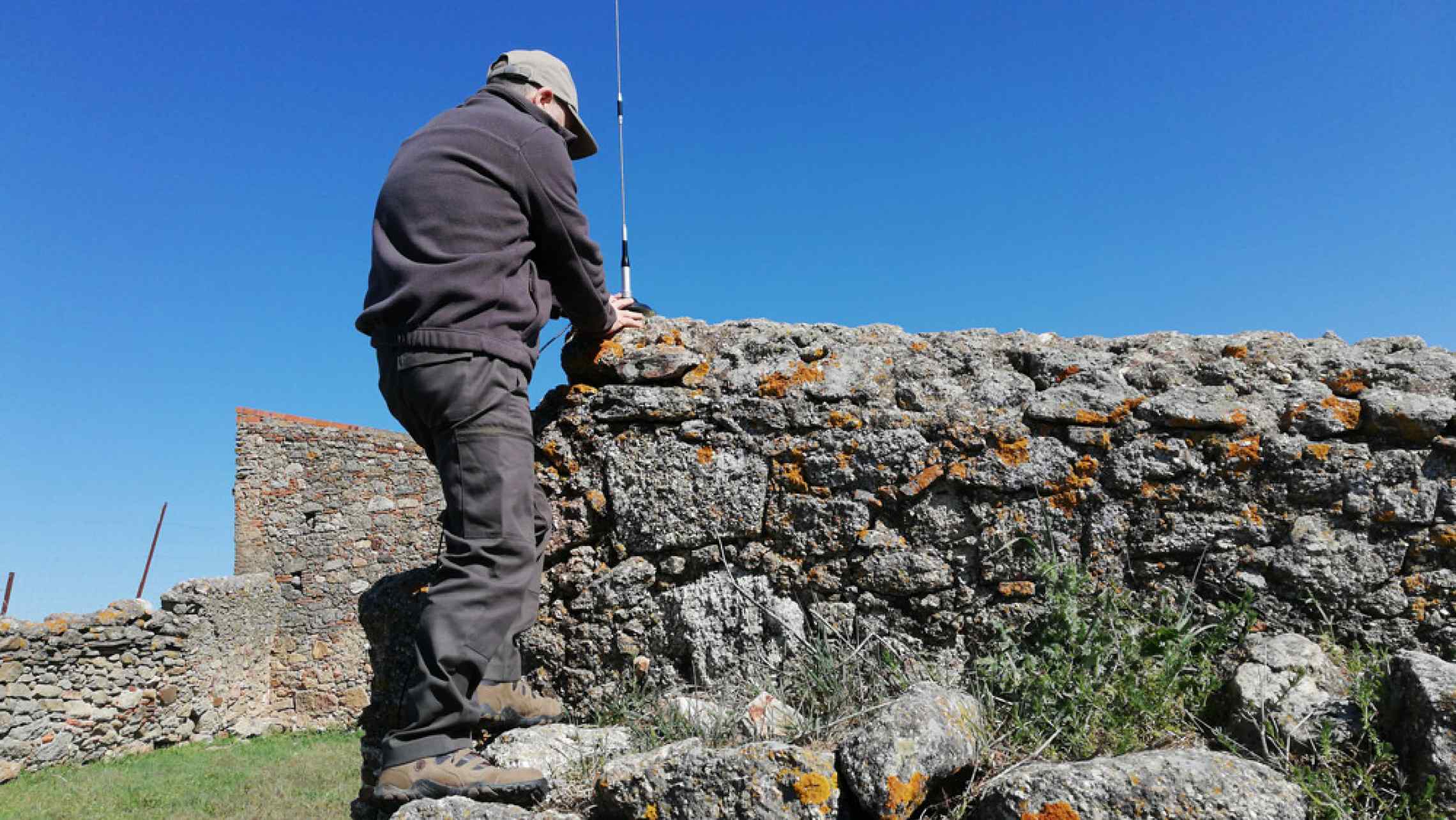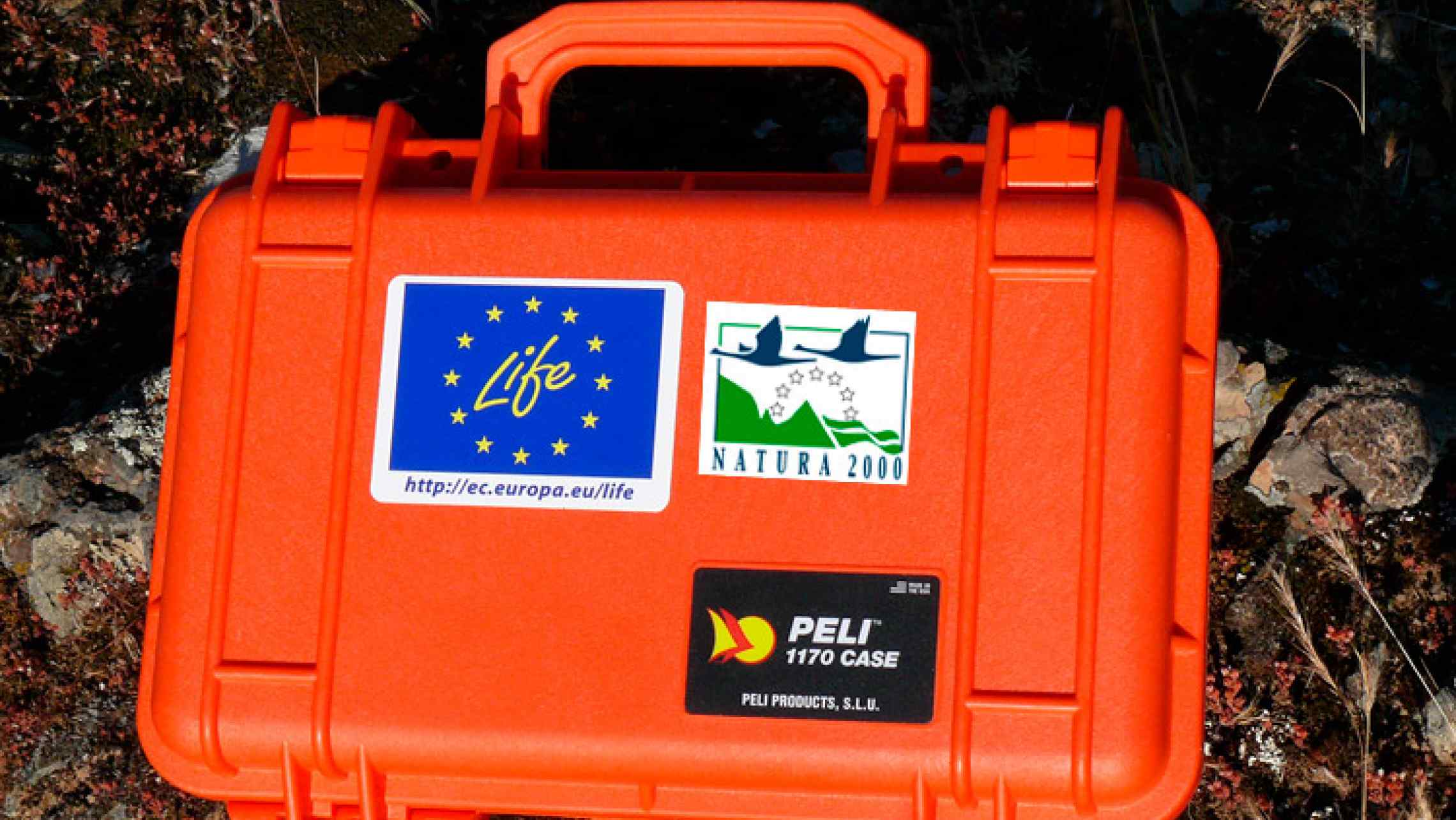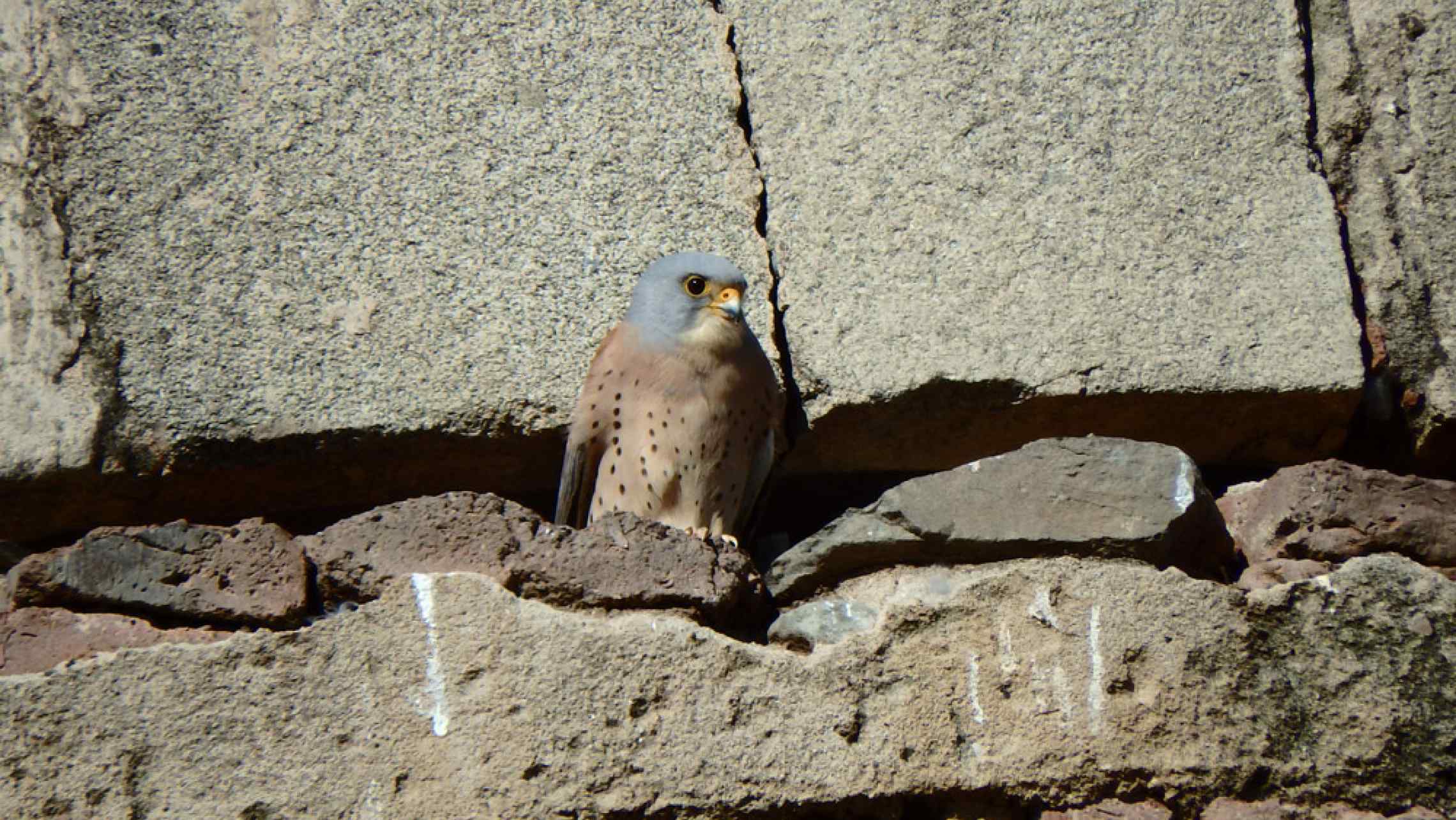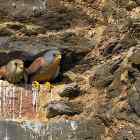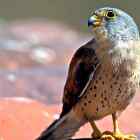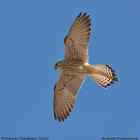The first lesser kestrels began to frequent the colonies during the first half of the last month of February, and during the following weeks some individuals that had been tagged with GPS transmitters during the 2018 breeding season under Action A2 of the LIFE ZEPAURBAN project could be observed. The partner Terra Naturalis is responsible for aforementioned Action A2. From that moment on, the corresponding receivers were installed in the colonies being monitored (San Fulgencio Church in the Lesser Kestrel Colonies of Acedera SPA, the i-Novo Center in the Lesser Kestrel Colonies of Trujillo SPA, and Casa de La Enjarada Lesser Kestrel Colonies SPA). Thanks to said receivers, abundant data is being recorded -- not only on the initial movements of the kestrels in the breeding areas but also interesting information on the migratory journey and wintering areas on the African continent, located in the Sub-Saharan area between Mauritania and Mali.
As the reproductive period progresses, we will gather new information on the patterns of how the lesser kestrel uses space and on the foraging areas frequented by the species, thus completing the vision already provided by the specimens tagged last season.
Likewise, Action A2 contemplates this year capturing more specimens in different urban SPA colonies to equip them with satellite transmitters that, unlike GPS transmitters, will provide information on the movements of birds practically in real time. With this measure, it is expected that the level of knowledge on pre- and post-nuptial migratory movements, migratory routes, and movements in wintering areas.
